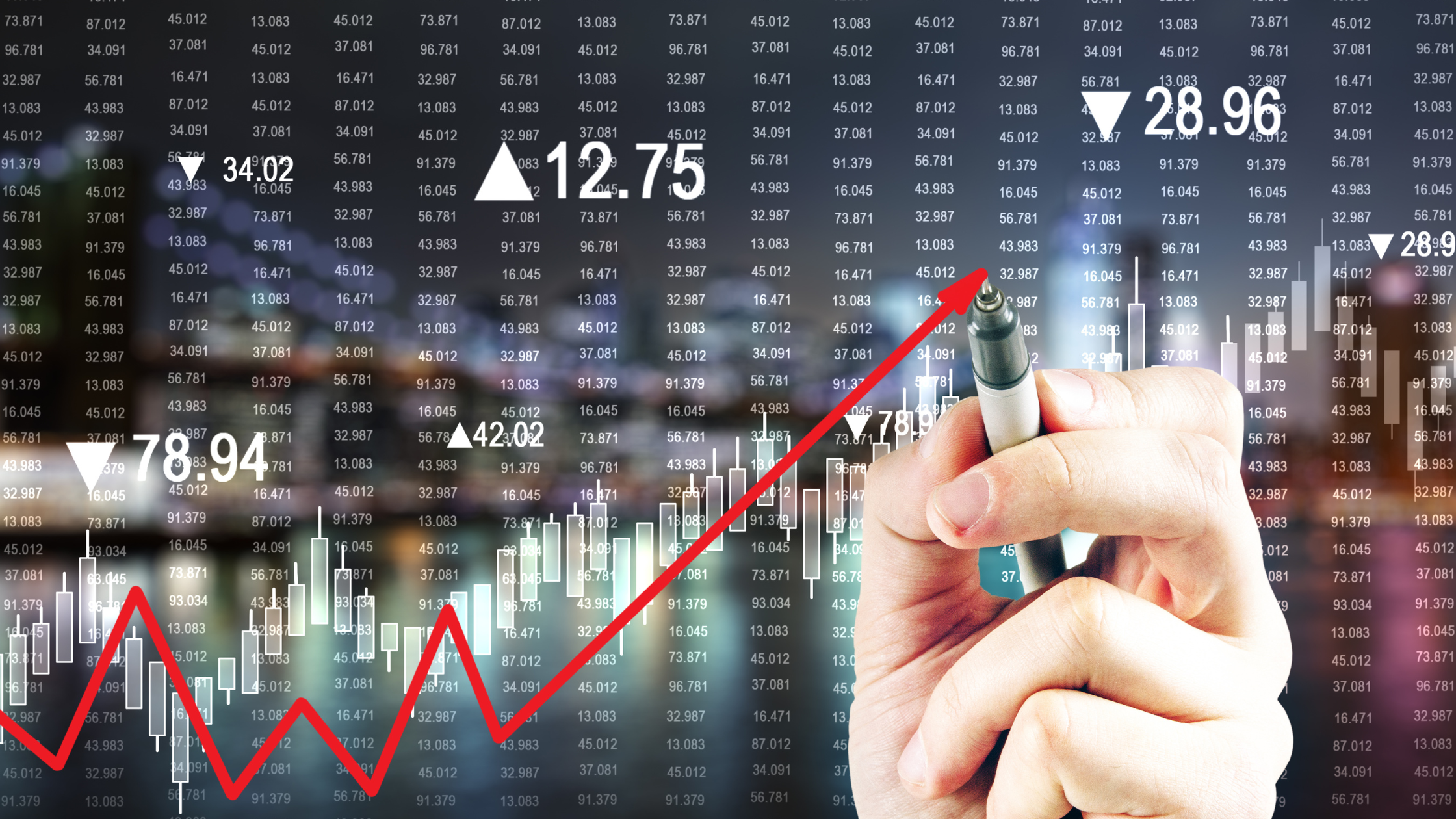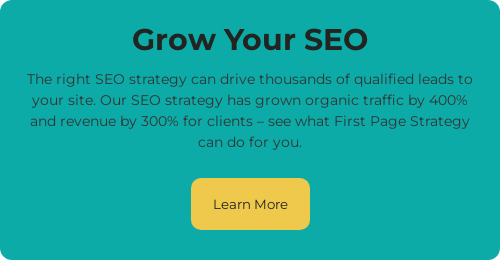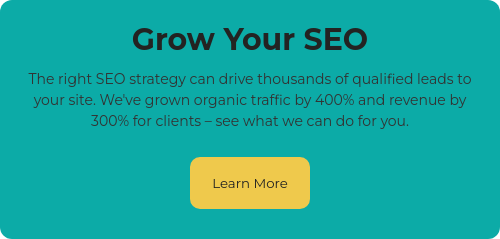While the world of SEO seems to always be changing, one thing is certain: Marketers must continue to monitor website performance to see if they are effectively engaging users and assess if their content marketing strategies are working.
That’s where metrics like bounce rate come in. It’s important to note that not all metrics are created equal, and while bounce rate may be a good tool to access user engagement, it doesn't always paint the entire picture of how your website and brand are performing.
If you’re reading this, you’re probably wondering if bounce rate is important and if you should even be monitoring it.
TL;DR, the answer is yes and no.
In this article, we’ll explain exactly what bounce rate is, what it can tell us about user engagement, and why less is actually more when it comes to this metric.
What Is Bounce Rate?
As the name suggests, bounce rate identifies how many users are coming and going on your site. To get more technical, Google defines bounce rate as a single-page session or the percentage of visitors that leave a website without taking an action like clicking on a link, signing up for a newsletter, or making a purchase.
To calculate bounce rate, Google Analytics looks at the number of single-page sessions on your site, divided by total sessions.
Generally, bounce rates can help you determine the quality of a user’s experience on your site. Sites that consistently have a high bounce rate may find something off-putting within the user’s experience, resulting in them leaving right away.
However, if you have a lower bounce rate and a user spends more time on your site, visiting multiple pages, it could indicate that they are a high-quality lead that is interested in the brand or product.
Bounce Rate vs. Exit Rate
When monitoring website performance, many people can confuse bounce rate with exit rate — and for good reason, too, as both have to do with a user’s journey and how many sessions they complete.
Breaking It Down
While bounce rate is the percentage of visits that were the only one of a session, exit rate is the percentage of visits that were last in the session, which could include a series of pages that were visited.
For example, if a user visits page A on your site > and then leaves, that would be an example of a bounce. If a user visits page A > goes to page B on the same site > then leaves the site, this is an exit.
What Does the Bounce Rate Tell Us?
Bounce rate, along with other metrics, is a good indicator of how well your content is performing. In a nutshell, bounce rate can show you how many users feel connected enough to your brand or content to engage further and explore your site or products a little longer.
When It Comes To Bounce Rate, Less Is More.
Having a lower bounce rate can be an indication that fewer users are compelled to leave your site right away — they may be interested in gathering more information on your product or are very engaged in your content. Either way, this may result in more leads.
In a world where almost everything is online, visibility and engagement are key. Being able to hold your user’s attention without them moving on too quickly or before they convert a purchase or sign up can be the difference between a good content marketing strategy and an effective content marketing strategy.
Bounce rate can help marketers understand the following a bit better:
- The performance of your content
- How effective a landing page is
- A user’s engagement level
- The quality of the user experience
What Is a Good Bounce Rate?
Websites will typically see bounce rates between the ranges of 26 percent and 70 percent on average. But as we discussed above, the lower the number, the better. A good bounce rate can fall anywhere between 26 percent to 40 percent.
Landing below 20% is pretty difficult so don’t feel discouraged if your metrics are showing a bounce rate above that. People want instant answers and results, so it’s natural for users to bounce around and not spend too long on one page or website.
Here’s where it gets dicey. Depending on your industry, optimal bounce rates may vary. Below are general bounce rate benchmarks for common industries:
Here are some general benchmarks for bounce rate by industry:
- 20-45 percent for ecommerce and retail websites
- 25 -55 percent for B2B websites
- 30-55 percent for lead generation websites
- 35-60 percent for non-ecommerce content websites
- 60-90 percent for landing pages
- 65-90 percent for dictionaries, portals, blogs, and websites that revolve around news and events
Is a High Bounce Rate Bad?
After looking at the breakdown of bounce rates by industry, you’ll notice B2B and ecommerce sites tend to have a better bounce rate than blogs or news sites. That leads us to our next question, are high bounce rates bad?
Not necessarily. Evaluating your bounce rate relies heavily on the goals of your website or brand. If a user is going to a blog or news website, they are typically searching for information on a specific topic. These types of content pages may be able to satisfy the user’s search intent during just one session without them needing to visit multiple pages to find the information they are looking for.
However, B2B or ecommerce websites are typically trying to engage users to make a purchase. A successful B2B strategy will funnel the user further down the marketing funnel to establish trust in a brand or product and help them make a purchase decision. In this case, a user may spend more time on the website and contribute to lower bounce rates.
When It’s Time To Worry About Bounce Rate
Now, if your website is looking to convert users into leads, your website must be engaging and able to hold a user’s attention before they exit. This can direct them to more pages on your site and further down the marketing funnel. For conversion KPIs, bounce rate is a good metric to track, and ensuring you have a lower bounce rate could improve lead generation.
High bounce rates could be the result of a variety of factors:
- Low-quality landing pages
- Poor site navigation
- Low-value content
- Poor loading times
If you have a high bounce rate, it’s always a good idea to consult an SEO expert and run an audit on your site’s performance, quality, and user experience.
How To Lower Your Bounce Rate
If you’re looking to increase user engagement and improve conversions, you’ve come to the right place. Below, we’ve compiled a checklist of proven ways to lower your bounce rate.
- Improve page load time
- Make your site searchable
- Implement clear and easy navigation
- Make quality design a priority
- Create quality and valuable content
- Optimize for mobile first
- Have scannable content and paragraphs
- Diversify your content formats
- Use relevant keywords to attract your target audience
- Limit distracting pop-ups and ads
- Remove broken links and pages
- Refresh old content and publish new content frequently
Bounce rate is one of many content marketing metrics that can help you evaluate the performance of your site. And when it comes to growth marketing strategy, unfortunately, one size doesn’t fit all.
At First Page, our first priority is getting your website and brand to the desired level through curated content, SEO, and lead generation strategies. With years of experience and maximum collaboration, we’ll not only provide recommendations but deliver results. Contact our growth marketing experts for more information on how to improve your bounce rate and overall brand strategy.








